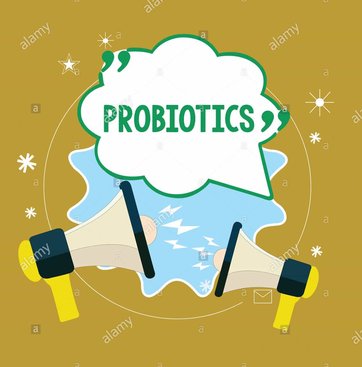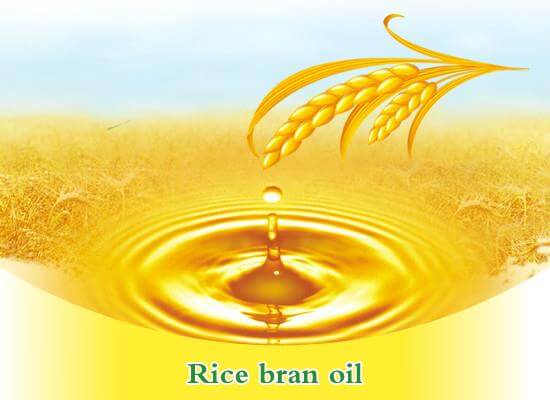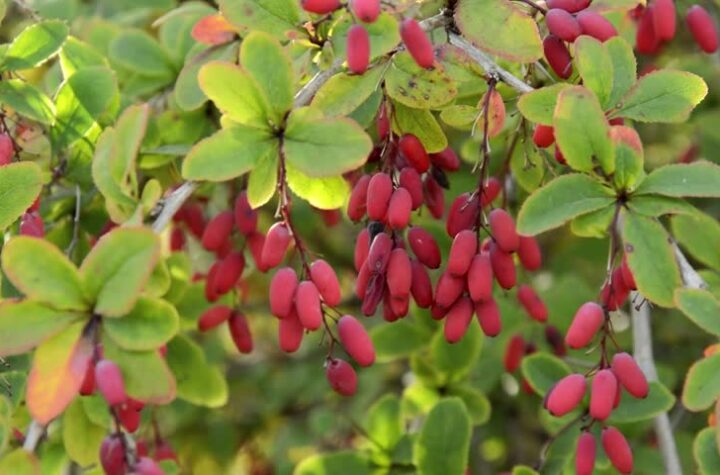
A large number of bacteria reside on earth. Some of them are evil for human, and some are good for us. Similarly, a large number of microorganisms live inside our body while most of them are good, i.e. probiotics or probotics for our health and some are bad for us.
According to various studies, there are trillions of microbes reside inside our body that outnumber host cell ten by one (10th time of host cells). Most of these microbes are an essential part of our body which influence our immunity system, particularly the immunity system of our gut.
There are approximately 100 trillion microbes reside our oral cavity, and in the small and large intestine. Many studies prove the link between gut health and health benefits like a stronger immune system, weight loss, improve digestive system, better brain functionality, etc. [1,2].
As we all know 70-80%, our immune system comes in our intestine. There are some bacteria in the body which are suitable for our health. These bacteria help us in digestion, help in absorbing nutrients, and help in producing vitamins.
We can add probiotic to our body by either eating probiotic-rich foods or drinking/eating probiotic supplements. In traditional times, every culture has its probiotic in different forms like curd, soya milk, paneer, etc.
Every time we take any form of probiotic, it needs to reach in the intestine, but they can’t survive in the stomach’s acidic environment. That’s why some suggest taking probiotic supplements.
What are probotics?
Table of Contents
Pro means for, and bio says life. Bacteria for life is called probotics. These probiotic compete with harmful bacteria for space and nutrients and thus prevent the growth of harmful bacteria in the intestine. That’s why it prevents many digestive problems.
A brief history of Probiotic:
Ilya Metchnikoff won the noble prize for his work on immunity. And he is the first person who linked regular consumption of lactic acid bacteria in fermented dairy products to health and longevity in Bulgarian peasant. After his death, nothing happened until 1967, where we start to see the word “probiotic.” But then probiotic means substance that secreted by one organism which stimulates the growth of another.
In 1974, substance and organism, which beneficially affects the host animals by improving its microbial balance, was called Probiotics. Probiotics In 1989 probotics were defined as live microbial supplements which beneficially affects the host animals by improving its microbial balance.
IN 2001, WHO/FAO defined probiotics as a living microorganism, which administered adequate amounts confers a health benefit on the host.
Common species of probiotics:
Each probiotic has different substrain, and each has a different effect on the body. The most commonly consumed probotics are of two types:
- Lactobacillus
- Bifidobacteria
Lactobacillus:
The probiotic strain LGG was isolated from the human intestinal microbiota back in the early 1980s. It is a strain of bacteria found naturally in our body. Lactobacillus is usually found in the intestine, mouth or female genital. It produces vitamin K as well as lactase, the enzyme which breaks down lactose into sugars. These probotics also produce muscles fuel, i.e., lactic acid. And lactic acid also increases the body ability to absorb minerals.
According to some recent 2, Lactobacillus species are said to be work as an alternative treatment for diarrhoea patients.
Lactobacillus also makes our immune system stronger by preventing the development of the pathogens. It plays a vital role in our digestive, metabolic, and immune functions and helps cells absorb nutrients and vitamins. This good bacteria is the first line of defence of our immune system.
It is mostly found in some form of fermented foods such as yogurt and pickles. Yogurt is one of the probiotics that are responsible for the “predigested issue.
Bifidobacteria:
Bifidobacteria is a significant bacteria in your gut which aids you indigestion
is another probiotic type which has many proven health benefits:
- Suppression of pathogen
- Help in the synthesis of vitamin B1, B6, and B12
- Prevention of diarrhoea and constipation
- Production of serum cholesterol
- Improve lactose intolerance level and digestive process support
- Anti-tumor benefits
Common strains of probiotics or probotics:
Probiotics strains are just subtypes of the probiotic species. You may have purchased probiotics supplement in your life. If you have checked, these probotics species are denoted on the box as L. and B which are followed by strains name. E.g., L. acidophilus. This is how the naming is done on the probiotic supplement label. These different strains have a different function in the body.
1. L. acidophilus:
Its been around literature from about 60 years. And this acidophilus is one of the most important microorganisms for your small intestine health. The region in the small intestine is what it makes thrive, which is healthy for our body. It’s going to assist with good immune health, better digestion, and absorption. It also helps women in fighting off vaginal infections. Yogurt, kefir, tempeh, miso, etc. are highly rich in probiotics.
2. Bifida bacteria:
It is primarily found in the large intestine. And it is so prolific in a healthy individual in the large intestine. Thus, the mire Bifida bacteria we have in our large intestine, it keeps your waste moving forward. It protects your liver by getting rid of toxins and not allowing reabsorption of material from the large intestine. Thus, it has an essential function to finalize the digestive system and eliminate the waste from your body.
3. L. Bulgaricus:
It was founding bacteria in Bulgaria’s yogurt. That’s why we call it as L. Bulgaricus. 20th-century famous researcher founded it Dr. Ilya Mechnikov and Bulgarian called it a crowd controlling bacteria. Food travels through the small and large intestine where various bacteria digest it. These bacteria help to facilitate better digestion, better immune function, and keep going along with food until it eliminated from the large intestine.
4. B. animalis
Because its strains are grown well in milk, it has been generally isolated from the milk culture. It grows well in the colon. B. animalis is highly resistant to acid, which makes fermented milk products ideal for its growth. It has several health benefits like improving the immune system, improve gut health, etc. People who regularly take their supplements are less likely to develop respiratory tract infections.
5. B. breve:
It is the first probiotic that colonizes the gut of the child. Digestive tract and female genital are suitable for its growth and living. Various studies have indicated that it has strong anti-inflammatory properties. It also induces regulatory T cell responses, increases IL 10 and Fox p3 gene expression. Due to these properties, it may be beneficial for the treatment of chronic asthma. It is one of the significant immune booster bacteria that fight off the harmful bacteria or yeast. It fermentate sugar, which helps your body absorb nutrients.
6. B. lactis:
It is mainly grown in the large intestine, and artificially we can derive it from raw milk. Nestle infant growth formula uses it as an ingredient. A recent study published in 2016 proves that it reduces obesity, blood lipids, and has anti-inflammatory properties. These properties make it beneficial for cardiovascular health.
7. B. longum:
This microbes are present in breast milk and are one of the first bacteria to colonize the infant’s gut. It helps to lower cholesterol level and has anti-inflammatory problems. B. Longum is stable and survives in the intestine environment. It helps with constipation, shorten gut transit, soften stool, improve the frequency of bowel movement, and has antioxidant properties.
8. L. reuteri:
In the mouth and intestine environment, it increases. Dairy products and ferment products like pickles and sauerkraut are natural sources of it. It boosts your level of folate and vitamin B12, and help your body to produce RBC, prevents heart disease and Alzheimer’s. For men, this also means better sperm quality and sexual performance. It also prevents Helicobacter pylori overgrowth.
How can we add Probiotics or probotics to your diet?
As we know from the previous discussion that there are two dominant species of probiotics and have many different strains. It is always best practice to talk to your doctor before taking any form of probiotics. Probiotics are generally safe to use until you overdose it or you have an immune disorder. So, consult with your doctor before taking probiotics about the proper dose plan.
There are many ways you can increase probiotics daily consumption in your body.
Step 1: Consume sourer food like apple cider vinegar and fermented vegetables.
They contain some probiotics but also provide certain acids which have many other health benefits. Moreover, these healthy acids create a specific type of Ph environment in the body that support the growth of the probiotics in the body.
Step 2: Consume more rich probiotics foods
There are many food items which are rich in probiotics like yogurt or kefir, miso, sauerkraut, pickles, etc. But getting more probiotics rich foods is essential to boosting and increasing your probiotics.
Step 3: Naturally boost probiotics or probotics in your body
Probiotics are living organism which is present everywhere in our body. Like every living organism, these also need food for energy to work. They can produce their feed from high-quality fiber. So, getting high-quality fiber, i.e., fermented fiber, in your diet, can naturally boost probiotics in your body. The fermented fiber source is chia seeds, organic fruits, and vegetable, potatoes, flax seeds. Etc. You can also opt to take probiotics supplements which are high in probiotics. But always check the expiry date on it as it must be taken when probiotics are in active form. Also, check for a combination of different strains of probiotics as a combination of probiotics is more beneficial than a single strain of probotics.
You may like to read: How to treat Dengue and thrombocytopenia Herbally?



More Stories
All you need to know about rice bran oil
12 medically proven health benefits of Berberis vulgaris
Ylang Ylang essential oil: Benefits, Uses, & Side Effects